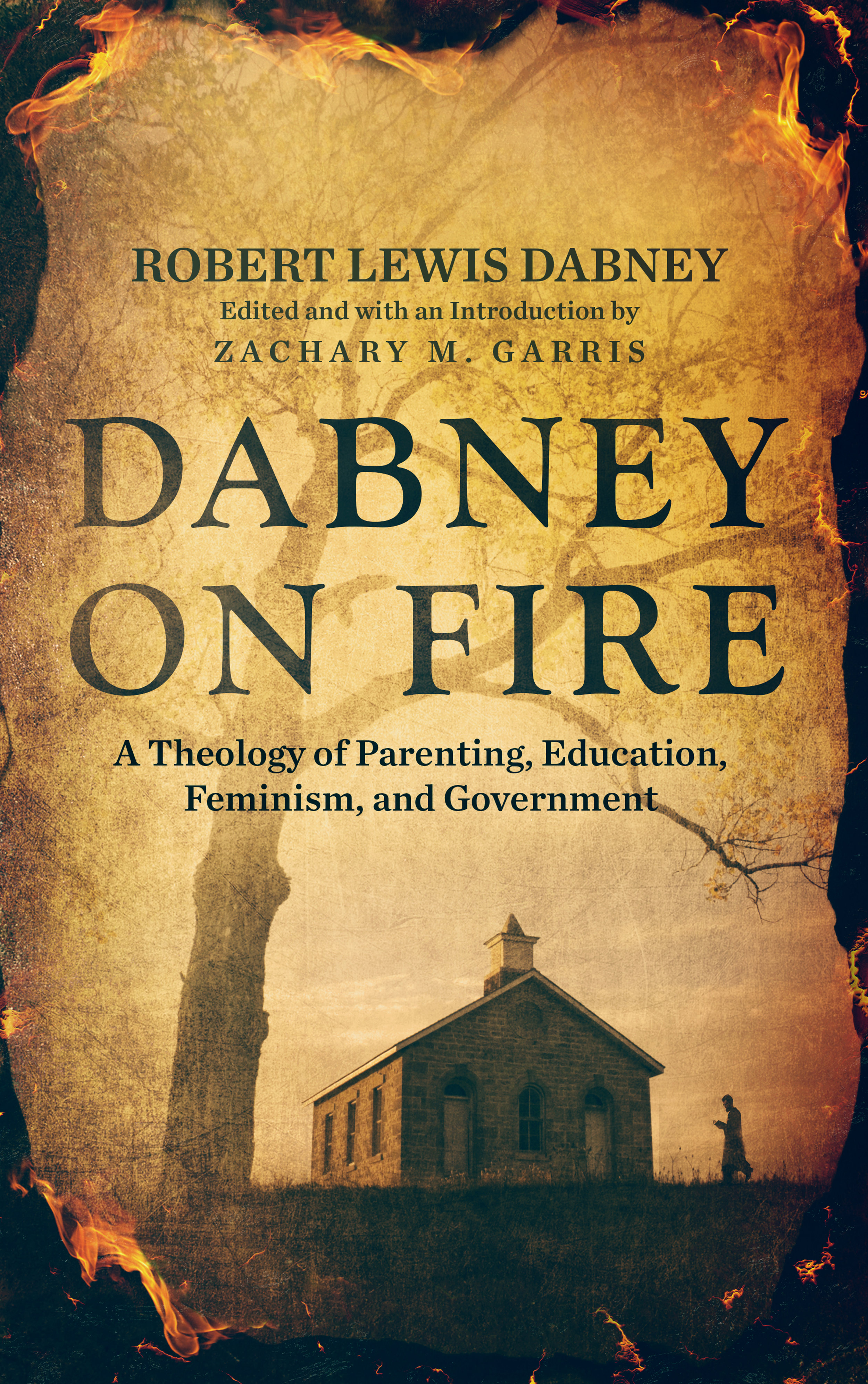Book Review: How Alexander Hamilton Screwed Up America (McClanahan)
/Alexander Hamilton (1755–1804) receives praise from both the political left and right in modern America. This is because Hamiltonian nationalism has won the day. Though the United States was a federal Union and the Constitution a limiting document, these things have been flipped upside down by Hamilton and his disciples.
Brion McClanahan explains just how this happened in his excellent book, How Alexander Hamilton Screwed Up America. McClanahan shows how Hamilton pushed for nationalism at the Constitutional Convention in Philadelphia and, not getting his way, turned around and sold the Constitution as a limiting document in the New York ratification debate and in his essays for The Federalist Papers (which he wrote with James Madison and John Jay).
McClanahan details how Hamilton lied during the ratification debates, evidenced by his arguing for a more expansive reading of the Constitution after it was ratified. Hamilton did this as secretary of the treasury under President George Washington, encouraging Washington to invade Pennsylvania during the Whiskey Rebellion and then defending the national bank under a broad reading of the Necessary and Proper Clause.
However, Hamilton did not screw up America by himself. He had some help from the Supreme Court, particularly John Marshall, Joseph Story, and Hugo Black. Chief Justice John Marshall (1755–1835) channeled Hamilton’s arguments for an expansive reading of the Constitution and the destruction of states rights in important cases like Marbury v. Madison, McCullough v. Maryland, and Fletcher v. Peck.
Marshall also had assistance from his associate Joseph Story (1779–1845), who wrote the opinion for Martin v. Hunter’s Lessee while Marshall recused himself. But Marshall might as well have written the opinion, as Story ruled that the Supreme Court could overturn state court decisions (which was not what the states had in mind when they ratified the document).
However, Story’s primary damage came through his influential Commentaries on the Constitution of the United States, which taught a nationalist rather than a federal view of the Union. Between his tenure as a professor at Harvard Law and his widely read Commentaries, Story solidified nationalism and a loose construction of the Constitution as the dominant view among lawyers and judges. Of course, this was a departure from the earlier likes of Thomas Jefferson, James Madison, and Spencer Roane.
McClanahan brings the story home with a chapter on Justice Hugo Black (1886–1971), who used the Fourteenth Amendment to apply the Bill of Rights to the states (known as “incorporation”). This completed the nationalist work of Hamilton, as what was intended as a limitation only on the Federal Government (the Bill of Rights) now became a limitation on the states. Since the time that the Supreme Court adopted incorporation, the Court has gone on to strike down state laws as "unconstitutional" in every conceivable category—from prayer in public schools to the regulation of abortion and marriage.
McClanahan could end on a sour note. But instead, he encourages his readers to stop looking to the Federal Government for political solutions. “Think locally, act locally” is his mantra. Congress is too big and does not provide real representation. It is much easier to bring change at the state and local levels. In other words, we need to reject Hamiltonian nationalism.
Overall, this is a great book by Dr. McClanahan. It is a history book, so it is not always light reading. But it is interesting and packs lots of information and stories into only 200 pages. Hamiltonian nationalism is a massive problem in America. But you cannot know the solution until you have accurately diagnosed the problem. McClanahan does just that as he shows you How Alexander Hamilton Screwed Up America.
Brion McClanahan has written other great books, including 9 Presidents Who Screwed Up America, The Founding Fathers Guide to the Constitution, and The Politically Incorrect Guide to the Founding Fathers.







